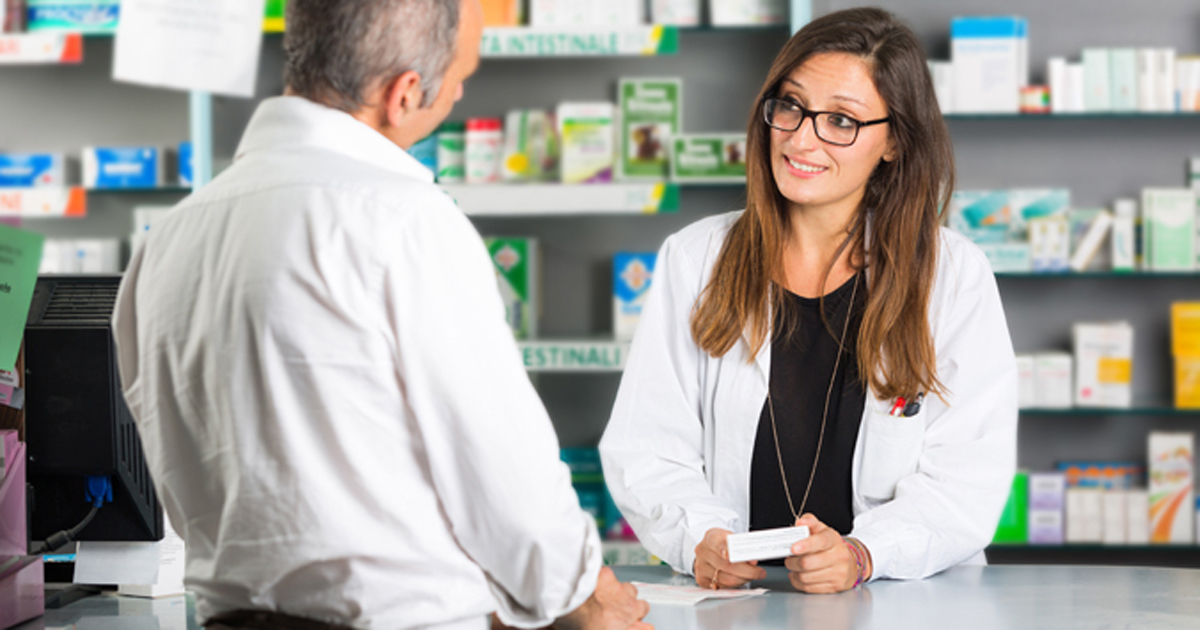Pharmacist-led program a feasible strategy for PrEP uptake

In Omaha, Nebraska, a small pilot study demonstrated that a pharmacist-led pre-exposure prophylaxis, or PrEP, program is a feasible way to increase PrEP uptake.
Last year, research was published in Clinical Infectious Diseases that showed expanding the role of pharmacists in penicillin skin testing could expand access and improve antimicrobial stewardship efforts. More recently, a study revealed that a hepatitis C virus treatment model driven by pharmacist involvement yielded high rates of sustained virologic response.
“In most states, pharmacists are allowed to provide pharmaceutical care by entering into collaborative practice agreements with medical providers. Pharmacists are easily accessible at most community pharmacies and now are increasingly more present in the ambulatory clinic setting,” Joshua P. Havens, PharmD, BCPS, clinical pharmacist of the HIV program, pharmacy director of the Nebraska AIDS Drug Assistance Program and assistant clinical professor at the University of Nebraska Medical Center, told Infectious Disease News.
There are over 60,000 community pharmacies in the United States, the study reported. Expanding the role of the pharmacist and incorporating them in the PrEP care process “potentially offers an alternative setting to reach individuals at risk for HIV acquisition,” according to Haven and colleagues.

“In the clinic setting, the implementation of PrEP services for an ambulatory care pharmacist could be easily done,” Havens said. “Conversely, a pharmacist-led PrEP service from the community pharmacy setting could work but would pose challenges that would need to be abated in order to properly deliver PrEP care.”
Between January and June 2017, 60 patients were enrolled in the pharmacist-led PrEP (P-PrEP) program. Overall, participants completed a total of 139 visits with pharmacists from a university-based HIV clinic, a community pharmacy and two community-based clinics. The mean age of participants was 34 years, 91.7% were men, 83.3% were white, 88.3% identified as men who sex with men and 80% were commercially insured.
At 3 months, the participant retention rate was 73%. This declined to 58% at 6 months, 43% at 9 months and 28% at 12 months. No seroconversion among participants was observed.
Of the participants who completed the patient satisfaction questionnaire, 100% said they would recommend the P-PrEP program, and pharmacists reported feeling comfortable conducting point-of-care testing. Very rarely did pharmacists report feeling uncomfortable during PrEP visits or experiencing workflow disruption, according to the study.
“Through the right training and professional relationships with medical providers, pharmacists can help to close the PrEP provider gaps and re-reinforce the recent shifts by the Trump administration to end the HIV epidemic,” Havens said. – by Marley Ghizzone
Disclosures: Havens reports no relevant financial disclosures. Please see the study for all other authors’ relevant financial disclosures.

